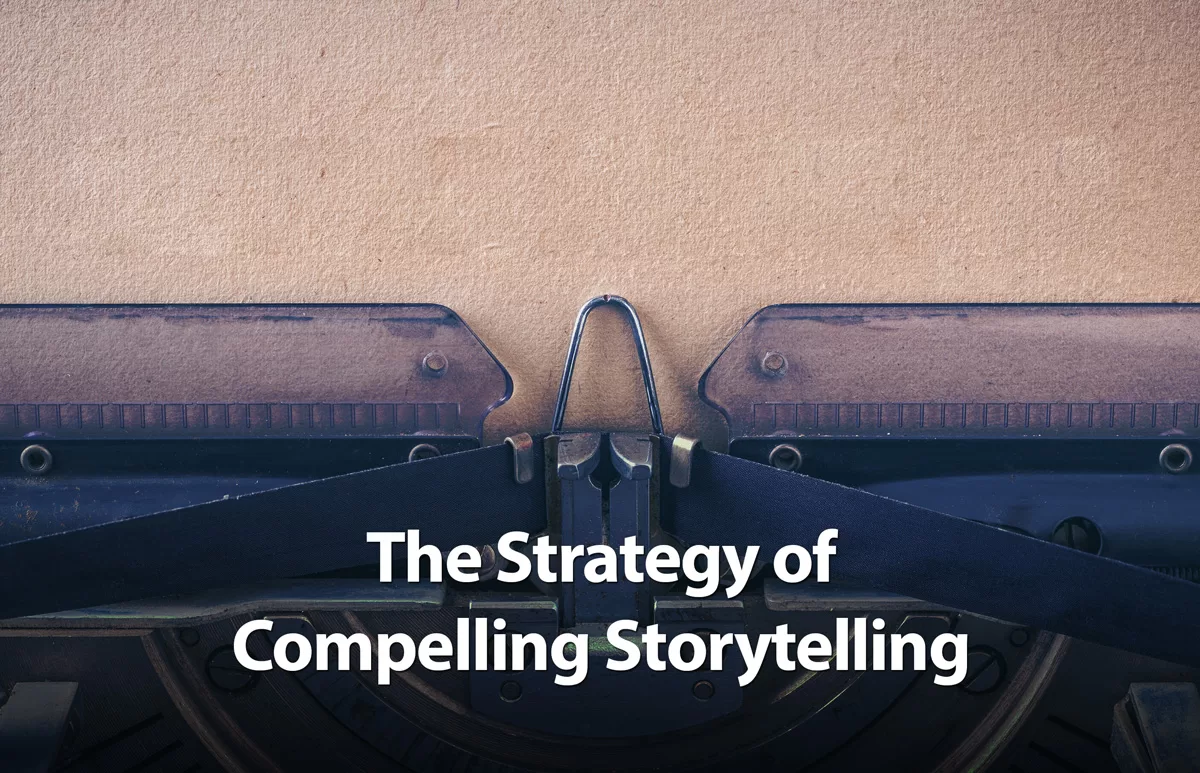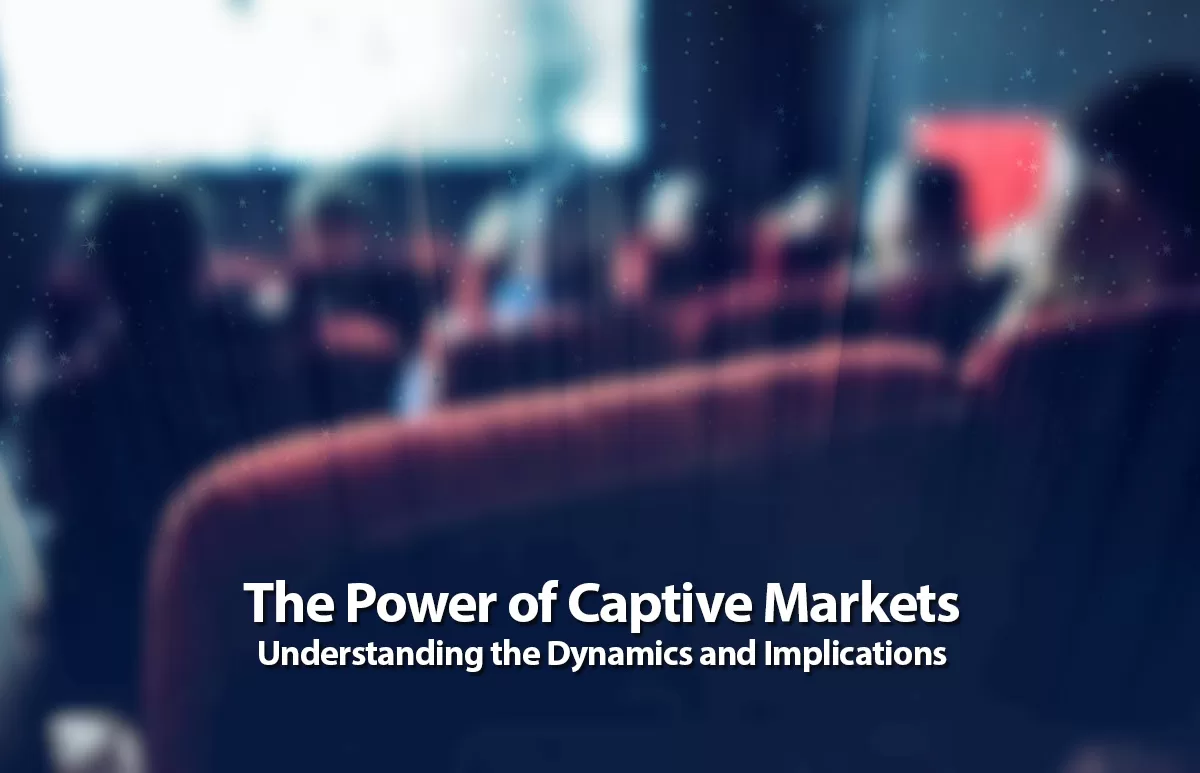Many marketers focus on the process or type of marketing while forgetting about marketing analysis. In fact, marketing analytics is something essential.
This term can make your marketing efforts more effective. Apart from that, you can also save your marketing budget.
Actually, what is marketing analytics and what are its benefits for companies?
What is Marketing Analytics?
Marketing analytics involves the use of advanced data analysis techniques and tools to measure, manage, and analyze marketing performance and effectiveness. It leverages data from various marketing channels and activities to make informed decisions, optimize marketing strategies, and improve overall marketing ROI (Return on Investment).
Marketing analytics aims to understand consumer behavior, track marketing efforts, and provide insights to drive future marketing campaigns.
Here you have the 2 main purposes of marketing analytics:
- To gauge how well your marketing efforts are performing, measure the effectiveness of your marketing activity.
- To determine what you can do differently to get better results across your marketing channels.
Together, these processes let you turn raw marketing data into an action plan and make the most of your marketing revenue.
The Importance of Marketing Analytics
In the modern marketing landscape, accurate data is more important than ever. Consumers have become highly selective in choosing the branded media they engage with and the media they ignore.
If brands want to catch the ideal buyer’s attention, they must rely on accurate data to create targeted personal ads based on individual interests, rather than broader demographic associations. This will allow marketing teams to serve the right ad, at the right time, on the right channel to move consumers down the sales funnel.
Marketing Analytics Components
According to Marketo, the five main components of marketing analytics are as follows:
- Centralized Database Marketing
In marketing analysis, there is a lot of data that needs to be processed by marketers. This data includes when a strategy is executed, what its needs are, who is responsible, what the budget is, and so on.
Hence, a centralized database marketing is needed, meaning all this data should be accessible in one place.
- Historical Data
Marketers don’t just analyze the marketing strategies they are currently implementing. They also need to analyze past marketing strategies.
This provides a complete picture of trends and the development of strategies that have been previously implemented. This comprehensive analysis helps in understanding strategies thoroughly.
- Competent Marketing Analysis Tools
Marketing analysts generally use specific tools to conduct marketing analysis. This greatly aids in data processing. However, ensure that these tools have the features you need.
For example, choose tools that can analyze the relationship between one factor and another, such as the relationship between a marketing channel and the number of new subscribers.
- Accessible Data
Most marketing analysts have a background in marketing rather than IT. They are more focused on designing and implementing marketing strategies. On the other hand, many marketers are not familiar with data processing.
Hence, marketing analysis requires data and dashboards that are easy to access. This way, marketers don’t need much time to learn how to use them.
- Ad-hoc Dashboards
Marketers may perform marketing analysis for specific purposes, such as determining the budget for the next strategy. Therefore, they need data that aligns with these objectives.
Conclusion
Having the right marketing analytics solution in place is key to a successful marketing program.
By understanding where your audience is engaging and what is truly driving sales, you can make sure you are putting your money in the right place and improving ROI.
At CVI, our marketing agency specializes in providing customized marketing analytics solutions that help businesses determine audience engagement and key sales drivers, ensuring strategic resource allocation for optimal ROI and success in their marketing strategies.
Contact us now to guide your business to data-driven marketing excellence.











